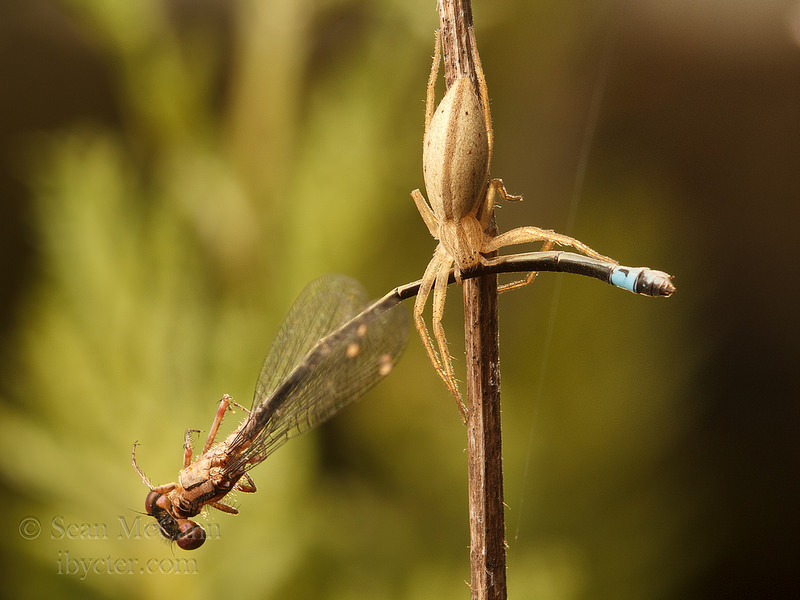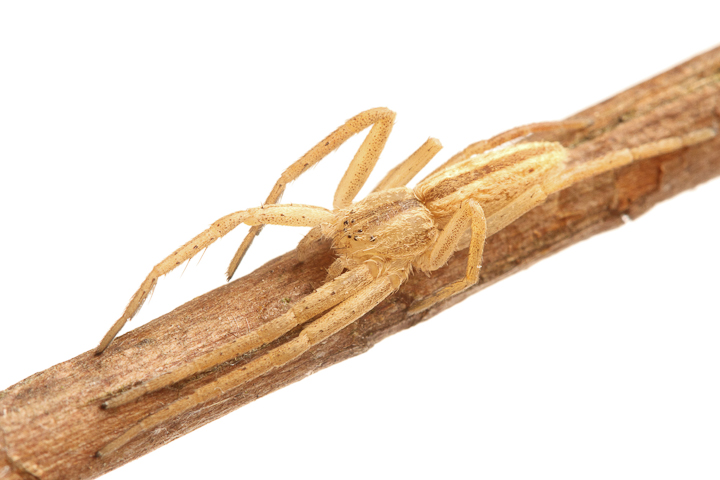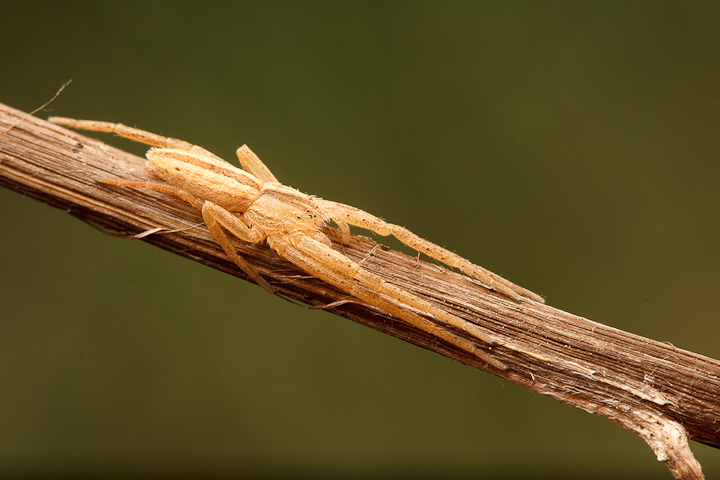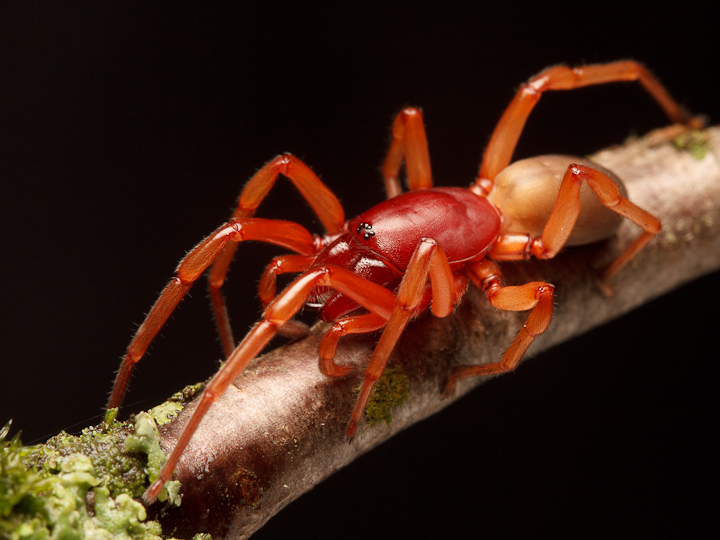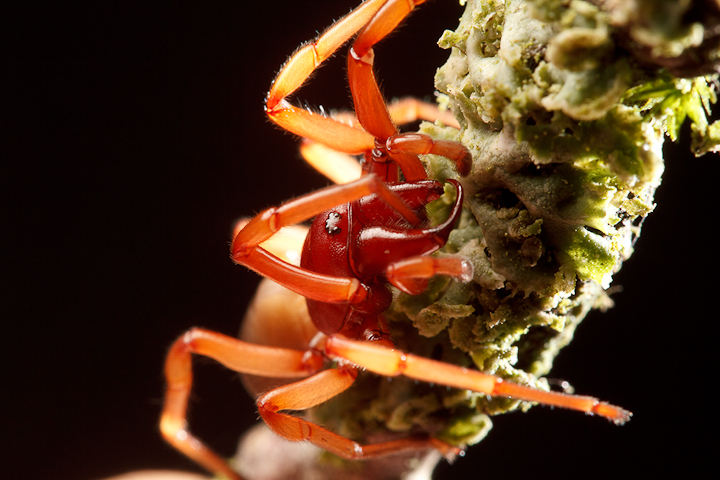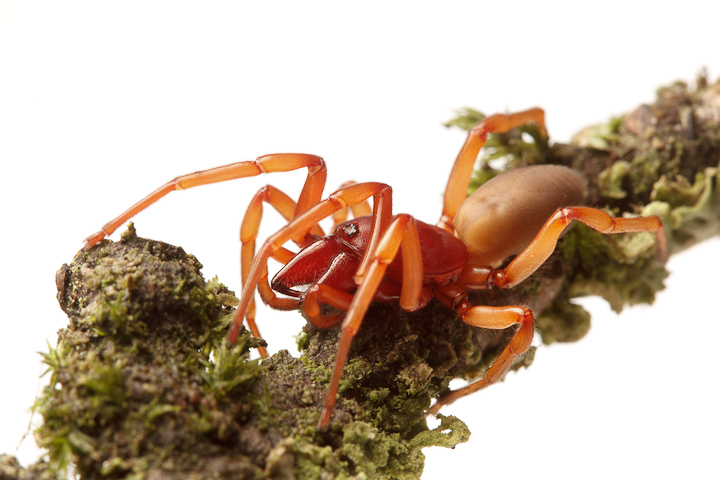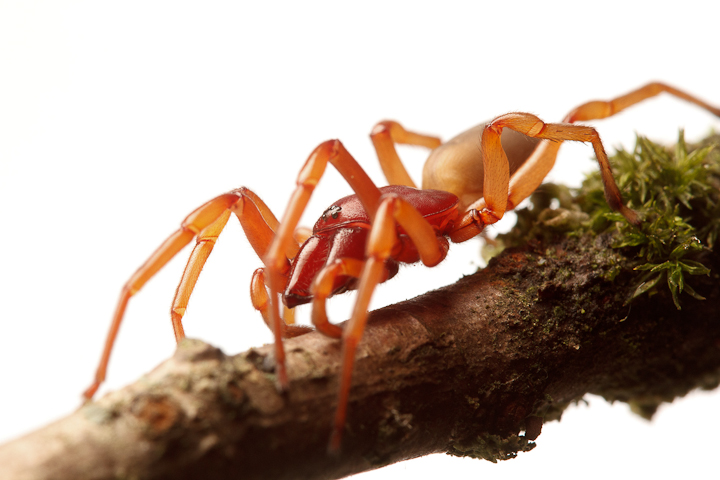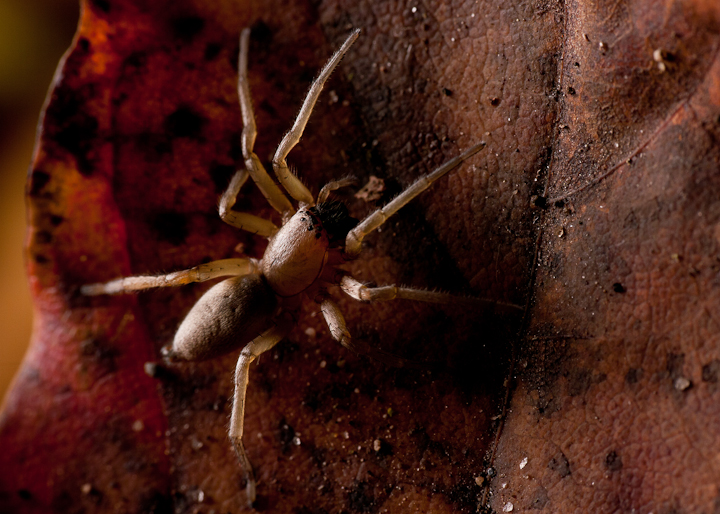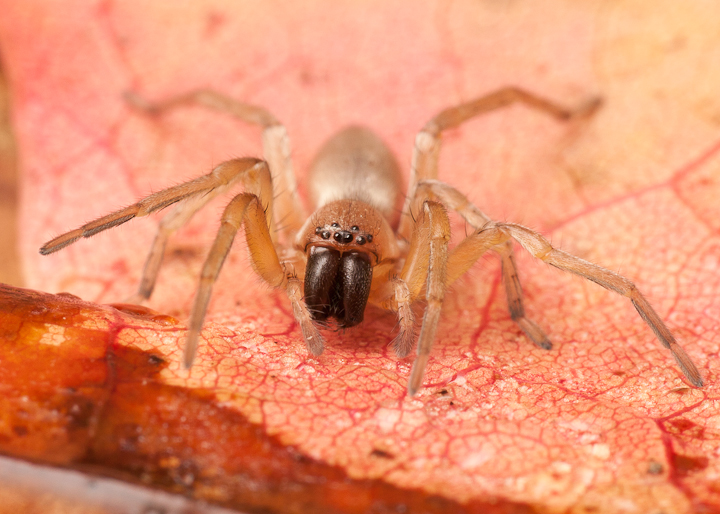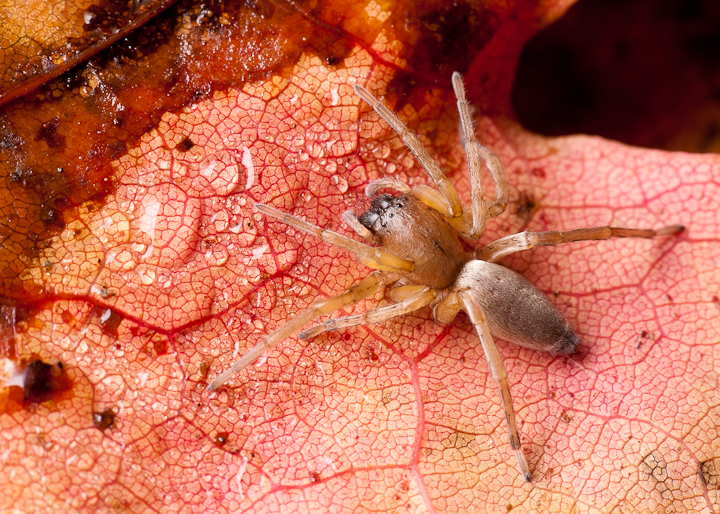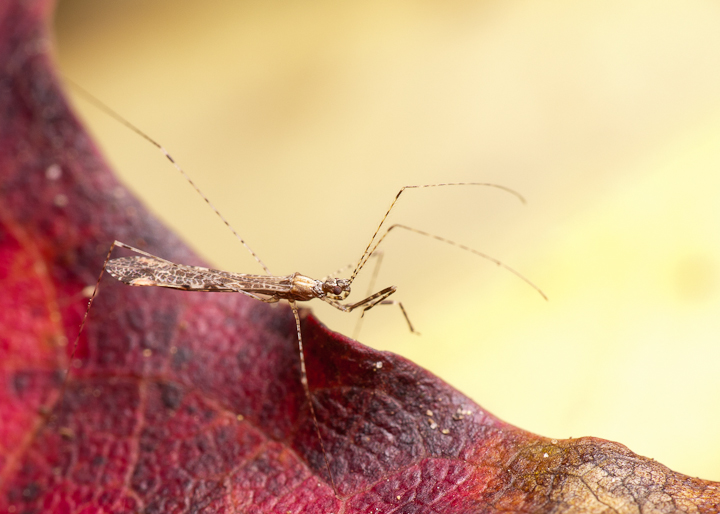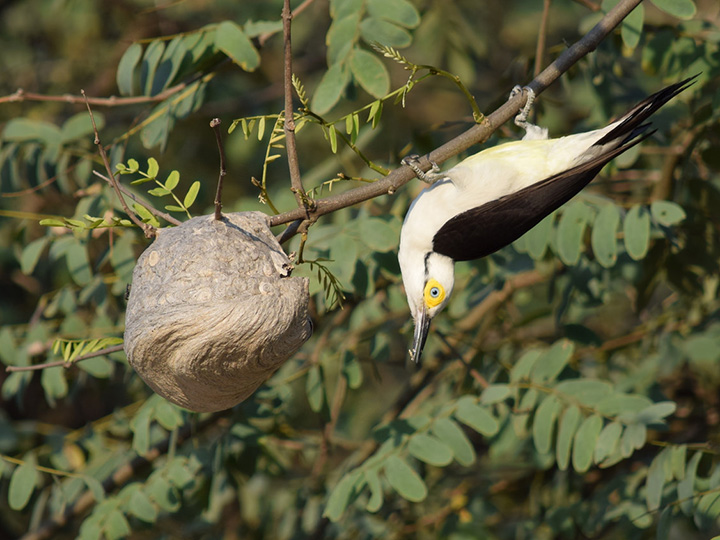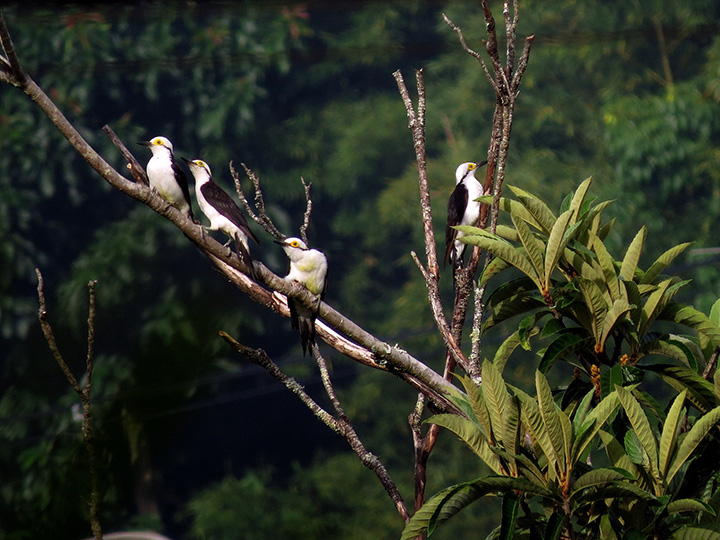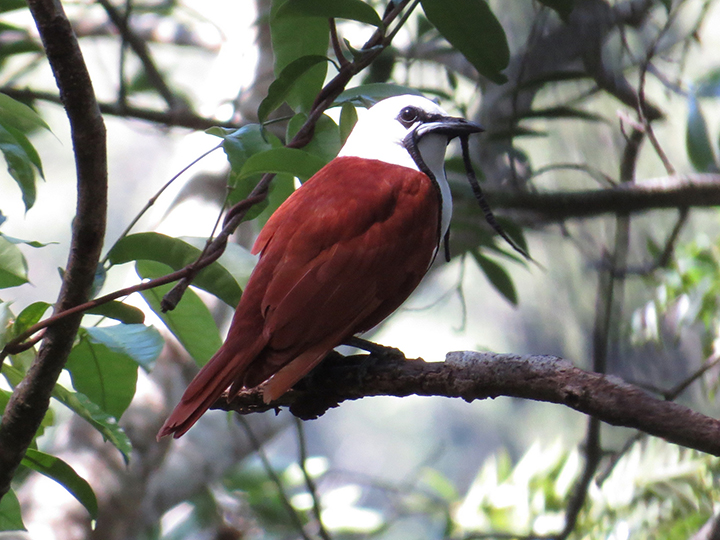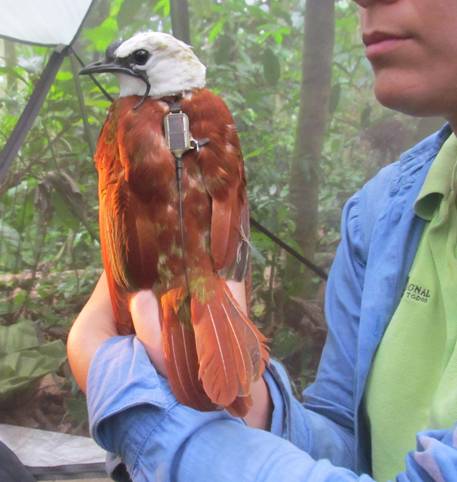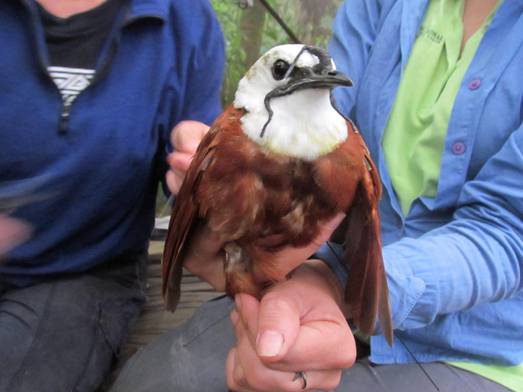
This past week has been pretty busy, so getting out and shooting has not really been on my list of accomplishments (my “Ta Da!” list). On Tuesday, I did manage to get interviewed by Global News about invasive ants, and then schlepped across town to assist my friend Tanya Stemberger with a field exercise for high school students in the Future Science Leaders program.
Due to high tides, the planned transect based survey of intertidal organisms had to be scrubbed, so instead, we attempted a transect-based survey of a forest near Lost Lagoon in Stanley Park.
I planned to show the students a simple technique for sampling called beating, wherein you strike foliage forcefully and collect any falling arthropods in a sheet placed below. We used small photographic shoot-through umbrellas to do our collection, and then used a simple aspirator to collect the catch. We had planned on sampling 5 sites along a 50 m transect, beating 4 small bushes at each site. Due to time constraints, we only managed to get a single site done.
Nonetheless, with only beating 4 bushes (2 salal, 2 salmonberry) we secured 25 spiders, 1 isopod and 1 harvestman. Many of these spiders were tiny juveniles, but some were just tiny adults. Identifying them in the field was definitely not going to happen in the limited time frame, but there may be hope of at least getting some identifications. Here are some of the spiders that were large enough to photograph well:

1

2

3

4

5
It seems the spider diversity seems pretty high, and interestingly, of these spiders I photographed, 4 of the 5 are males.
The most striking thing about this sample (to me anyhow) was the lack of insects. Usually, at this time of year, I expect to see barklice (Psocoptera), springtails (Collembolla) and perhaps a stinkbug (Pentatomidae) or plant bug (Miridae). Nonetheless, it is tough to draw conclusions about the diversity of taxa we found, with only one sample being taken.
Of course, finding such a predator-biased range of taxa seems a little strange, until you consider that every sampling method has its biases. In the fall, when plant growth is limited, finding phytophagous insects out and about is much more difficult, but at a sites such as this, adjacent to a large freshwater source (Lost Lagoon) there is ample prey for web building spiders. These freshwater bodies are still producing abundant chironomid midges, and a few caddisflies.
All in all, this was a great (albeit short) little introduction to terrestrial arthropod sampling. Special thanks to the Stanley Park Ecology Society volunteers for leading us on the great nature walk!

